Fed Chair Contender Calls for Urgent Rate Cuts, Markets Watch Oil and Supply Chains for Inflation Path
Input
Changed
Hawkish Tone with a Contrarian Streak
Tariffs and Inflation Add to Policy Uncertainty
Signs of Economic Slowdown Emerge Nationwide
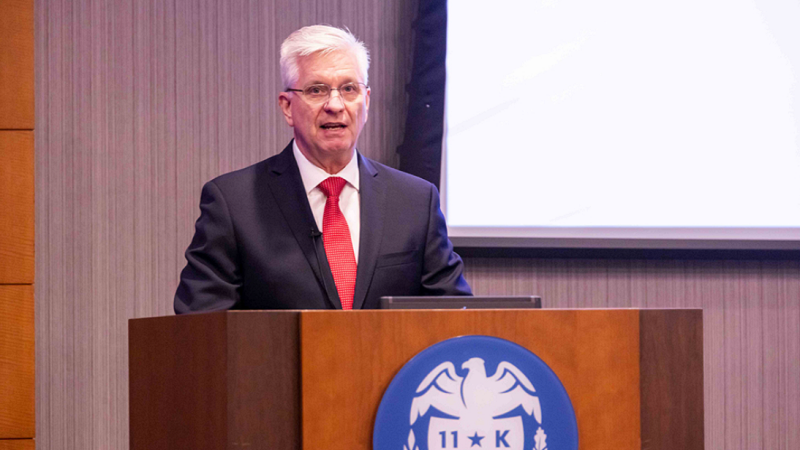
Christopher Waller, a Federal Reserve governor seen as a leading contender to succeed Jerome Powell as Fed chair, has repeatedly underscored the need for rate cuts, sharpening market focus on the timing and scale of potential moves. Waller stressed that easing need not follow a preset path but could be calibrated to evolving conditions, highlighting policy flexibility. While investors have priced in early cuts based on his remarks, uncertainty lingers as future inflation readings could still alter the Fed’s course.
Caution on Pace and Timing of Rate Cuts
In an interview with CNBC on September 3, Waller declared, “We should begin cutting rates at the next meeting,” adding, “Many people worry about tariffs fueling inflation, but I don’t.” He argued that as tariff effects fade, inflation will likely move much closer to the Fed’s 2 percent target within six to seven months, and that cuts would be needed to prevent a sharp deterioration in the labor market.
Recent job market data bear out his concerns. According to the Labor Department, job openings in July fell for the second consecutive month to their lowest level in ten months. This slowdown reflects the weakest pace of employment growth since the early pandemic, heightening fears of economic cooling. Coupled with renewed inflation risks from tariffs, the Fed faces a policy dilemma. Waller’s remarks were widely read as an effort to emphasize rate cuts as an immediate tool to mitigate downside risks in an uncertain environment.
He further noted that the current federal funds rate stands above the neutral level, exerting broad pressure on the economy. “It’s clear we need to move toward neutral,” he said, suggesting the total cuts could reach 100 to 150 basis points. Still, he emphasized that the speed and timing would hinge on incoming data. Even so, markets interpreted his reference to specific figures as confirmation that the policy trajectory toward easing is firmly in place.
Waller was one of just two dissenters at the July FOMC meeting, voting in favor of a 25-basis-point cut when the majority opted to hold steady. Appointed by former President Donald Trump, he has consistently signaled a dovish stance in public remarks, setting him apart from Powell. With his name increasingly mentioned as a possible successor, Waller’s comments are being seen as a strong signal of a potential shift in the Fed’s policy stance.
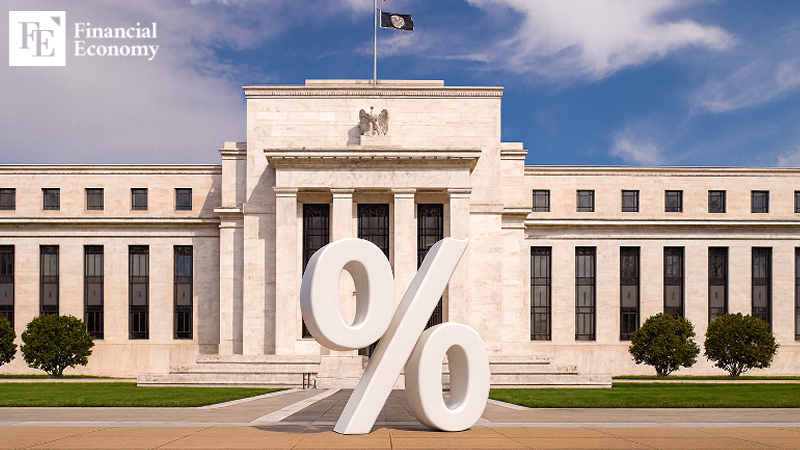
Uncertainty Deepens as Views Diverge
Still, the actual direction of policy remains far from settled. It is unclear whether inflation will accelerate as some economists fear, or whether it will be tempered by falling oil prices and improved supply chain flexibility. Chinese firms hit with steep tariffs could offset the impact by shifting production abroad to maintain low-cost exports. Ultimately, the Fed’s decision will hinge on the inflation trajectory in the months ahead.
Data released in July added to the challenge. The Producer Price Index (PPI) rose 0.9 percent from the prior month, far above expectations of 0.2 percent, and was up 3.3 percent year-on-year. Core PPI climbed at the same pace, hitting a three-year high. The figures suggest that the Trump administration’s steep tariffs are beginning to feed through with a lag. Following the release, the 10-year Treasury yield neared 4.3 percent, while digital assets tumbled. Bitcoin fell below $118,000, and Ethereum dropped under $4,500, reflecting heightened market anxiety.
Equities, however, told a different story. While some small-cap stocks pulled back, major indexes held steady, treating the tariff shock as a one-off event. July’s Consumer Price Index (CPI) rose 2.7 percent year-on-year, in line with forecasts, and hopes that retailers could absorb higher costs offered support. But core CPI came in at 3.1 percent, above expectations, fueling concerns that inflation could persist due to structural factors. With reciprocal tariffs between the U.S. and China fully taking effect from August, most analysts believe future inflation data will add to market volatility.
Weakening Demand and Growing Job Insecurity
Evidence of a slowdown is mounting, further complicating the Fed’s deliberations. The Fed’s latest Beige Book reported stagnant activity across most of its 12 regional banks, with consumer spending also weakening in some districts. The report noted that wage growth has failed to keep pace with prices, amplifying household pressures—a sign that demand-side weakness is compounding inflationary strains.
On prices, ten districts reported moderate increases, while two cited sharp rises in input costs. Companies across insurance, utilities, and technology sectors reported higher expenses as tariffs weighed broadly on cost structures. Yet firms showed reluctance to pass those costs on, citing consumer sensitivity. Only a handful raised prices, while most held off to avoid dampening sales or deepening losses.
Labor market signals were mixed. The Beige Book said 11 districts reported flat employment and only one saw a slight decline. But the Labor Department’s JOLTs survey painted a more troubling picture: July job openings fell to 7.18 million, down 176,000 from June and the lowest in ten months, far short of forecasts. This suggests firms are turning cautious on hiring amid tariff-related uncertainties and rising costs.
These developments will be central to the Fed’s September 16–17 FOMC meeting. Policymakers face a dual challenge: inflation pressures remain while the economy shows clearer signs of slowing. Markets are already pricing in a better-than-95 percent chance of a 25-basis-point cut, but for the Fed the task is balancing near-term stimulus with longer-term stability. The meeting will serve as a critical test of whether the U.S. economy can withstand tariff shocks while keeping inflation under control.

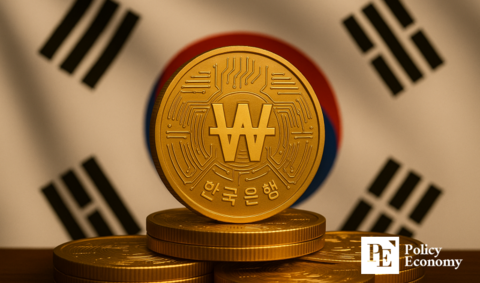
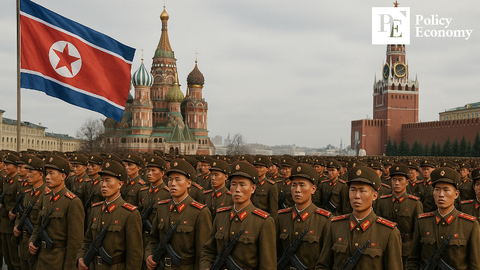
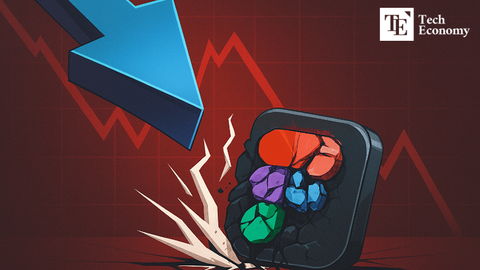
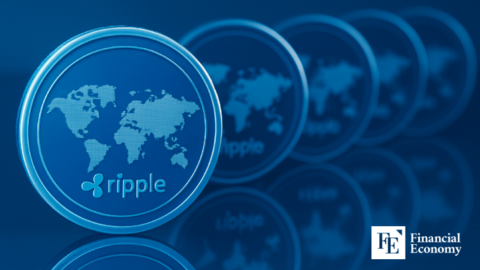
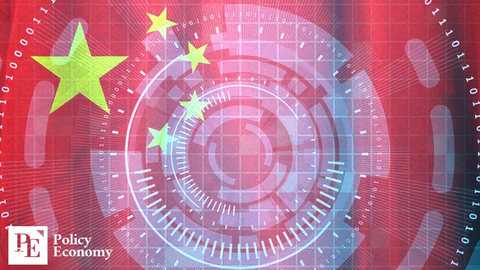

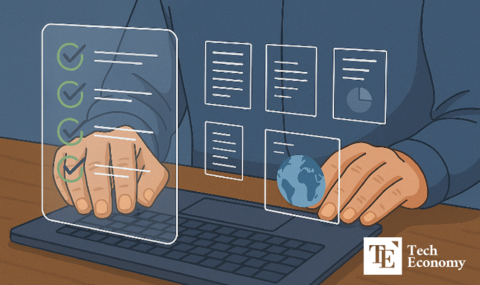
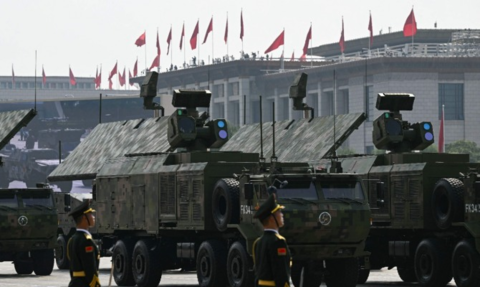
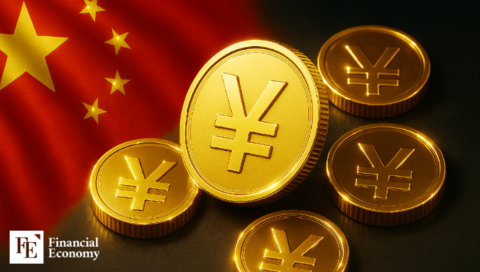












Comment